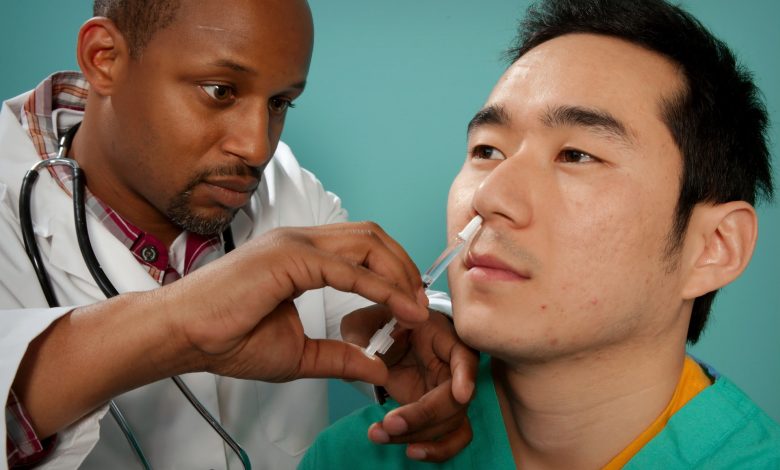Physiotherapy exercises tips and tricks for stroke patients

How do strokes occur?
One such condition that significantly increases mortality rates globally is stroke. It is described as a localised neurological illness with an abrupt onset. This indicates that there are compromised bodily functioning as a result of a disruption in the blood flow to the brain. Ischemic stroke and hemorrhagic stroke are the two main forms of stroke.
People who are recovering from a stroke or paralysis benefit greatly from physical therapy.
In order to assist you recover from your paralysis, Physiorevive will share some tips and tactics that will help you get better outcomes after physiotherapy activities.
Also Read: Arctic Blast Review
Exercises for Stroke Patients: Advice and Techniques
Stroke symptoms
The family members of stroke patients should first understand how to determine whether the physiotherapy exercises the patients are performing are genuinely benefiting them or not.
To find out the answer to this, you should observe who becomes more exhausted during the exercise session—the patient or the person assisting the patient with the exercises. Now, it should be evident that there will be no or a delayed recovery if the patient is not making the necessary efforts. It is crucial to realise that the patient’s body is not actually malfunctioning in this situation.
Simply put, his mind no longer has control over that specific body part.
As a result, the physical portion is now incapable of responding. As a result, if you are solely focusing on workouts that need you to move your hands and legs a lot, you won’t get very far. This is because your brain won’t be impacted.
Exercise: The Caregiver’s Role
Let’s use an example to try to better grasp this. For instance, a person with paralysis in his left side would be unable to move his left hand. Caretakers are instructed to undertake certain challenging exercises on patients in these circumstances.
This entails the bending and folding of the shoulders, elbows, and fingers. First and foremost, the patients hardly put any effort into this type of exercise. Only the caretaker is putting in any effort.
Therefore, in a sense, we may say that the caregiver, not the patient, is performing the exercise. Additionally, it’s critical to comprehend and keep in mind that stroke patients shouldn’t be given these sorts of bending and folding activities.
Again, as was already indicated, the patient’s brain will not benefit in any way from this. So what is the answer in this case?
Getting Rid of Stroke
The answer, then, is to select workouts that will help the brain function better while also causing limb mobility. Let’s use the same example once more. You can start by putting some oil on the stroke patient’s hands.
The patient is subsequently instructed to apply the same to his own hair on his own. Although the patients’ functional and psychological efforts are involved in this exercise, unlike the other, you can still offer further support.
In this activity, the patient can be seen moving his hand, elbow, fingers on his neck, etc., while also using his brain to coordinate these movements. As we can see, this activity, in contrast to others, offers a variety of energetic movements.
In light of the foregoing, it can be concluded that individuals recovering from a stroke should avoid passive motions and engage in more active ones.
Obviously, a stroke patient’s brain does not revive when he performs passive movements, but his upper and lower limbs also experience an odd tightness. And when you exert effort against this tightness, the patients’ body parts would only become more rigid.
Also Read: Kerassentials Review
Conclusion:-
It is insufficient to recover after a stroke by only performing physiotherapy activities. However, it’s crucial to accomplish it correctly and establish a precise effect on the necessary bodily area.